This is one of the worst things you can do to your vacuum cleaner – experts warn it will slash its lifespan by years and damage the motor
Overfilling your vacuum can cause real, long-term damage and is best avoided

I know what you're thinking: my vacuum cleaner has a maximum fill line, right? As long as I'm avoiding filling it past that, surely I'm not overfilling it?
Well, that depends on the vacuum, and how much you want to take care of it. Even if you're not filling it past the max line, you can still cause potential damage by not regularly emptying your appliance.
I'm a home tech editor and have spent 200 hours testing the best vacuums, and even more writing about them. I've visited vacuum engineering labs and learned how to take apart and maintain all the different types. This is why you should avoid overfilling yours, and how to know if you are.
Why you should never overfill your vacuum cleaner
Bagless vacuums, like most of the best cordless sticks and upright vacuums that are common household staples, have a 'maximum fill' line that you shouldn't exceed.
'Once you go past the point it should be emptied, then it starts to clog up internally,' shares long-time vacuum repair pro, Jade Gillham from Avon Domestics. This is the case for any type of vacuum, not just those with more sensitive parts, like a cordless stick.
Not only can you create a blockage causing a loss of suction power, but dust and dirt can travel further into the vacuum and wear down parts that weren't designed to handle that level of dirt, like your vacuum HEPA filter.
You're also forcing the vacuum to work harder. The lack of airflow through the appliances can cause the motor to overheat, causing long-term damage and weaker performance.
And when you compare bagged vs bagless vacuums, the potential consequences are the same in bagged vacuums, but with the added risk of the bag possibly bursting. That's a messy and potentially dangerous event that is best left to the imagination.
When I was younger, and years before I became an expert in testing and reviewing vacuums, I would overfill mine way past the line to avoid emptying it for as long as possible.
Because of this, I've had my upright Dyson vacuum almost completely break. We spent time trying to figure out what the issue was before realizing that, because it was so full, dust had crammed into parts of the vacuum that it normally wouldn't have, causing a major blockage.
It required us to take it apart and use a blunt knife to clear the trapped dust. Luckily, this time the vacuum wasn't broken and we cleared the jam, but looking back, this probably wasn't the safest idea. Knowing what I know now, I'd use a drain snake or an air compressor to safely remove the blockage without damaging the vacuum.
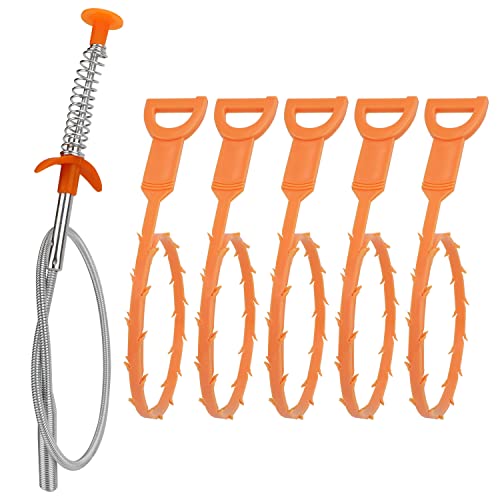
One long, stainless steel snake and five plastic ones should keep you covered for a whole variety of clogs, not just for your vacuum cleaner.
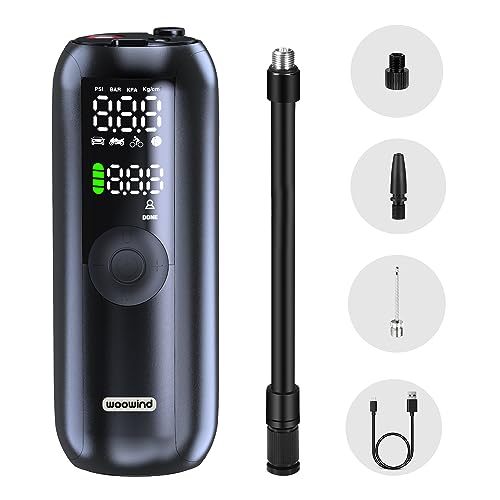
This air compressor from Woowind is completely portable with a max pressure of 150PSI. Aside from providing a strong stream of air to clear blockages and clean electronics, you can use it to pump up your bike or car tires.
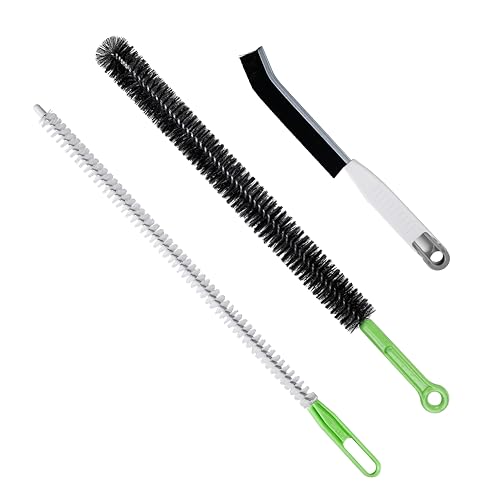
While you're at it, it's a good idea to stock up on some vacuum cleaning brushes to keep your dustbin and internal parts clear of any stubborn dirt. Without it, this dirt can easily accumulate within and cause a loss of suction and potential blockages.
How to avoid overfilling your vacuum cleaner

Emptying the vacuum as often as possible is the surest way to protect the appliance and preserve suction power.
Jade from Avon Domestics advises emptying your vacuum more often than you might be used to. 'I recommend emptying the vacuum after each room of the house. It's just a case of emptying the dustbin as often as you can,' she advises.
For bagged vacuums, there's no use in emptying them before they're full. Take note of any warning lights that the bag is full, like in the best Miele vacuums. But if yours doesn't have one, you'll know when the bag's filling up once your suction starts to drop.
In the context of how full they get, think of your vacuums like your washer. A washer can still deliver a sufficient wash with your clothes filled to the max line, but it washes more thoroughly with more space in there.
The same goes for your vacuum's suction power. Keep your dustbin as empty as possible, and your vacuum will clean at its best, while also keeping it in good shape and not putting unnecessary stress on its components. This will prolong its lifespan.
If you find that your vacuum fills up a little too quickly, or you'd prefer not to empty it multiple times a cleaning session, maybe it's time for an upgrade to a vacuum with a bigger dustbin. Or, having a small, handheld vacuum nearby allows you to deal with the quick messes without having to bring out and empty your full-sized vacuum.
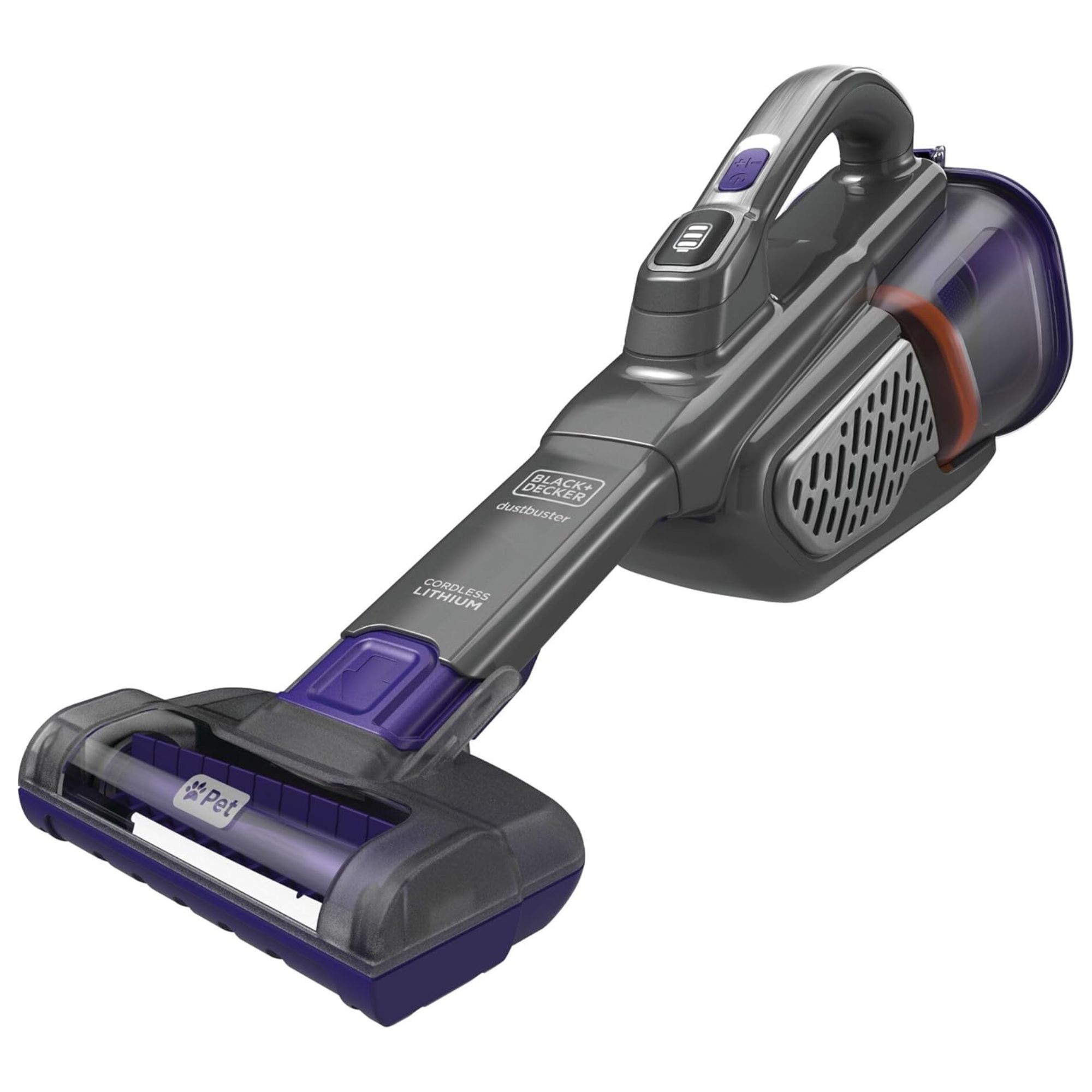
This is the best handheld vacuum we've tested at Homes & Gardens, and it's amazing for those quick clean ups and to remove pet hair as and when you see it, and will reduce how often you need to use and empty your full-sized vacuum.
Read more in our full Black+Decker dustbuster furbuster AdvanceClean+ Pet review.
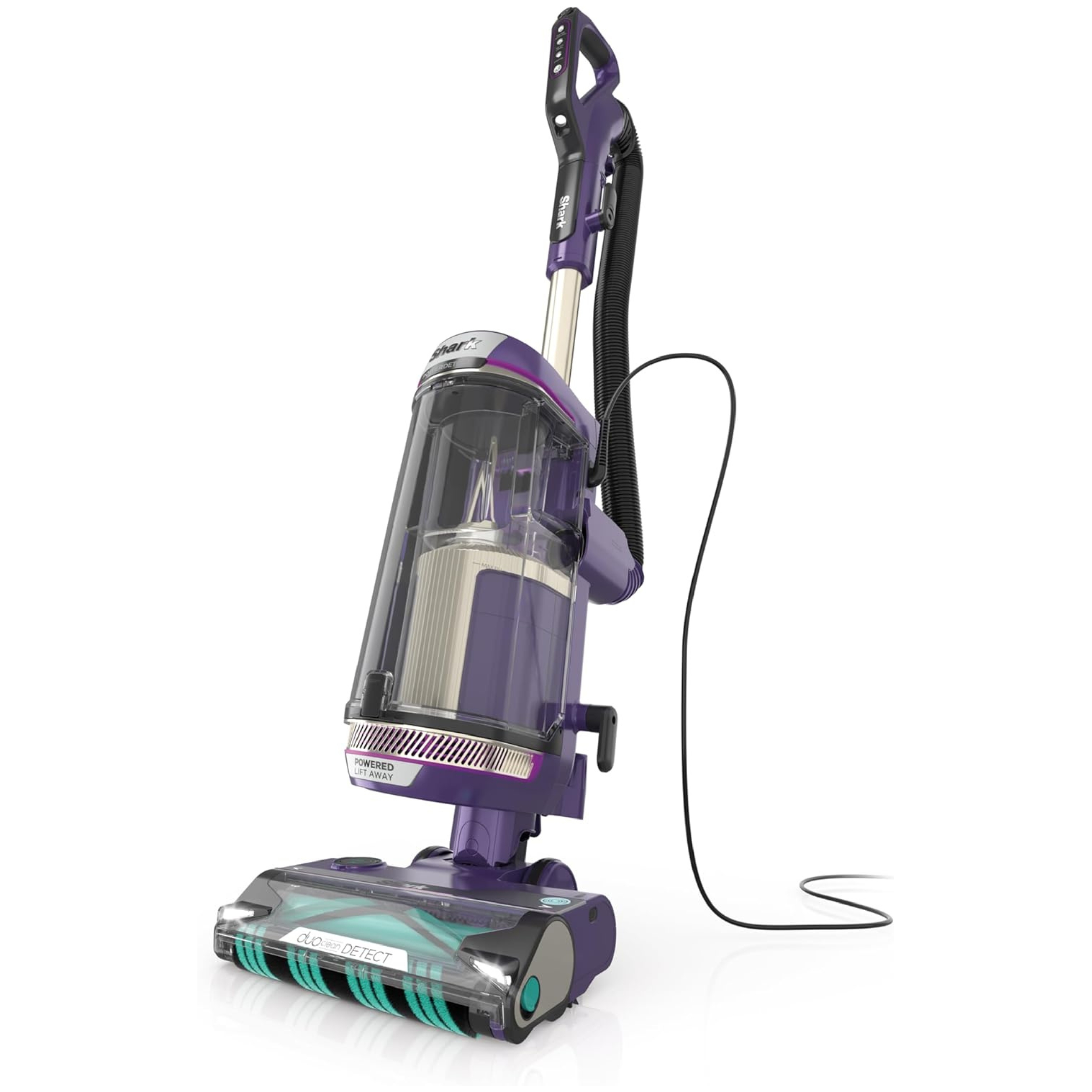
Our favorite-ever upright vacuum has a generous 2.02qt dustbin, as well as a cartridge that neutralizes odors as they come in, producing fresher smells as the air comes out. It's also incredibly powerful, and vacuumed all messes in one pass during our tests.
Read more in our full Shark POWERDETECT review.
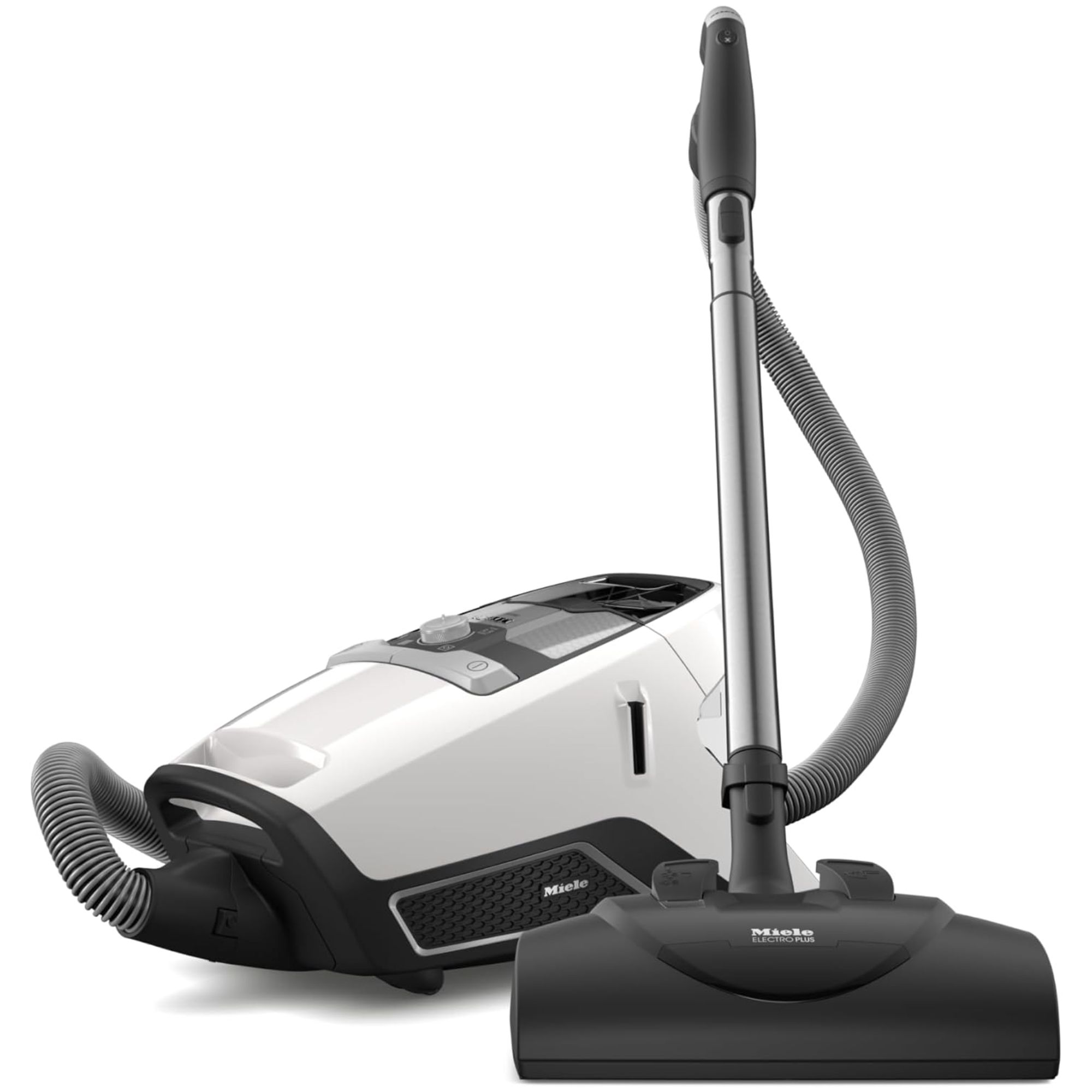
With a 2.1qt dustbin and super-strong suction power, the Miele Blizzard CX1 is one of our favorite canister vacuums on test. And because it's Miele, it will last you years if you look after it.
Read more in our full Miele Blizzard CX1 Cat & Dog review.
Next, learn about the common faults in Dyson vacuums and the common faults in Shark vacuums that you can avoid with simple maintenance steps.
Sign up to the Homes & Gardens newsletter
Design expertise in your inbox – from inspiring decorating ideas and beautiful celebrity homes to practical gardening advice and shopping round-ups.

Dan is the Home Tech Editor for Homes & Gardens, covering all things cleaning, smart home, sound and air treatment across the Solved section. Having worked for Future PLC since July 2023, Dan was previously the Features Editor for Top Ten Reviews and looked after the wide variety of home and outdoor content across the site, but their writing about homes, gardens, tech and products started back in 2021 on brands like BBC Science Focus, YourHomeStyle and Gardens Illustrated.
They have spent more than 200 hours testing and reviewing vacuums for Homes & Gardens, and have even visited Dyson's engineering labs for the full low-down of the ins and outs of our trusty cleaners.
Dan has a BA in Philosophy and an MA in Magazine Journalism. Outside of work, you'll find them at gigs and art galleries, cycling somewhere scenic, or cooking up something good in the kitchen.
You must confirm your public display name before commenting
Please logout and then login again, you will then be prompted to enter your display name.
-
 Stripes move over, I have surprised myself by deciding to decorate with dots instead – and designers agree they can be far more sophisticated than you might think
Stripes move over, I have surprised myself by deciding to decorate with dots instead – and designers agree they can be far more sophisticated than you might thinkThey might be known for their playfulness, but I've seen a whole new sophisticated side of this whimsical print
By Eleanor Richardson
-
 Isabella Rossellini's European-designed chef's knives are currently $65 off – and these luxury cooking tools have been around for over 200 years
Isabella Rossellini's European-designed chef's knives are currently $65 off – and these luxury cooking tools have been around for over 200 yearsThese stunning German-made knives have a rich history, including being used in the Conclave actress's kitchen – and they're now on sale at Wayfair
By Sophie Edwards
-
 This is the single best upright vacuum we've ever tested – and it's on offer with $130 off at Shark for a limited time only
This is the single best upright vacuum we've ever tested – and it's on offer with $130 off at Shark for a limited time onlyYou won't want to miss this one
By Dan Fauzi
-
 I'm an expert vacuum tester, and no, you really don't need a mattress vacuum – here's what to use instead
I'm an expert vacuum tester, and no, you really don't need a mattress vacuum – here's what to use insteadBefore investing in a new gadget, the tried-and-true methods still work
By Dan Fauzi
-
 Should you dry your clothes outside if you have hayfever? Allergy specialists warn sufferers to steer clear of this 'major trigger'
Should you dry your clothes outside if you have hayfever? Allergy specialists warn sufferers to steer clear of this 'major trigger'Doing so can trigger asthma, coughing, itchy eyes and more
By Sophie Warren-Smith
-
 'It's not something I'm willing to budge on' – shoes on vs. shoes off, what type of household are you?
'It's not something I'm willing to budge on' – shoes on vs. shoes off, what type of household are you?Our professional cleaners are all in agreement on this one, but would you consider a switch?
By Ottilie Blackhall
-
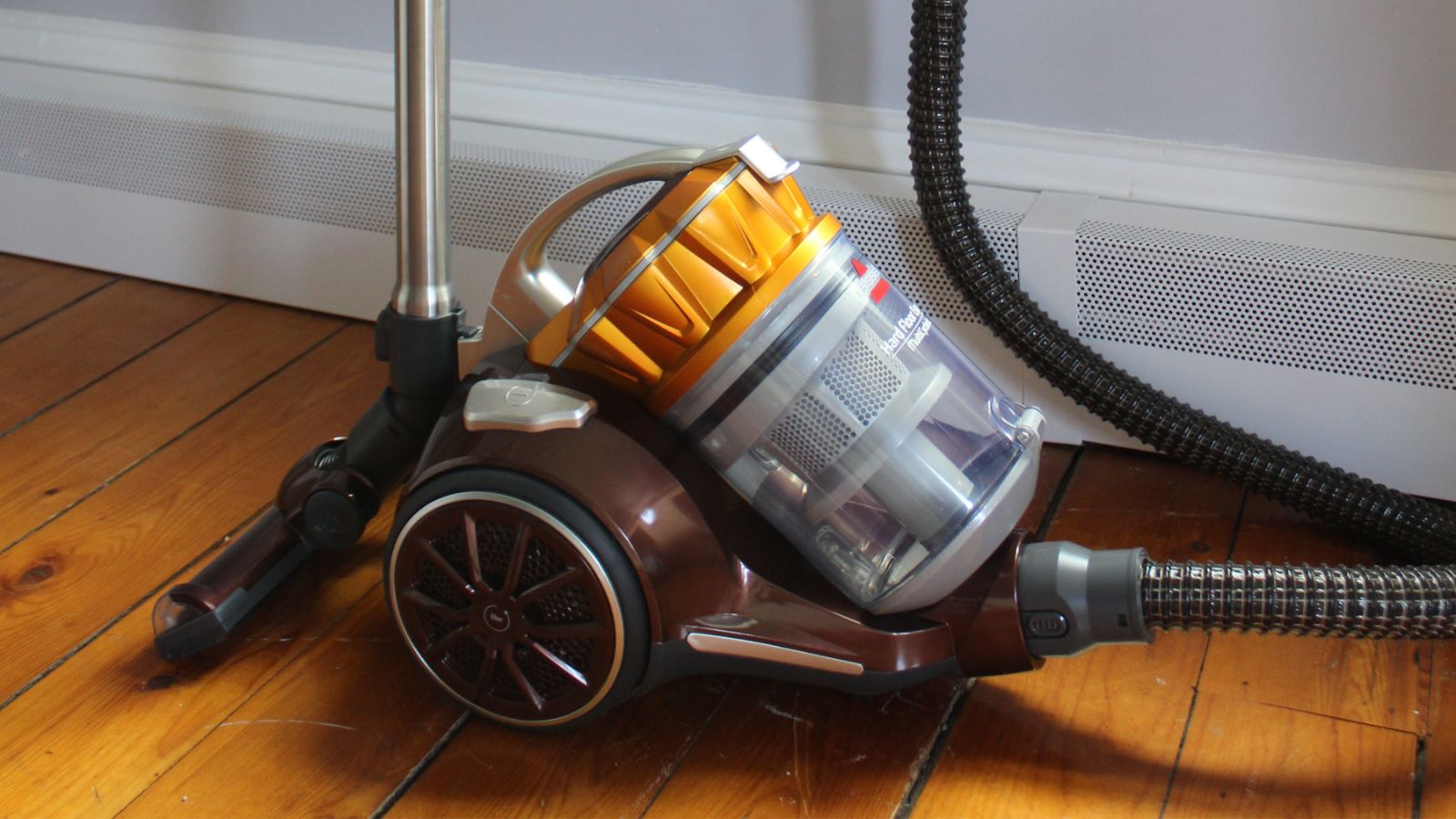 Bissell Hard Floor Expert canister vacuum review – if your home has smooth floors, this is all you need
Bissell Hard Floor Expert canister vacuum review – if your home has smooth floors, this is all you needAs the name suggests, this canister vacuum works wonders on hard floors, but even a low-pile rug is too much of a challenge
By Camryn Rabideau
-
 I tried this one easy dishwasher trick and made the annoying need for manual drying a thing of the past
I tried this one easy dishwasher trick and made the annoying need for manual drying a thing of the pastIf you hate those little pools of water left on your cups and crockery, this towel trick is for you
By Punteha van Terheyden
-
 5 freezer cleaning mistakes you must avoid – or risk compromising your food quality and shortening the lifespan of your appliance
5 freezer cleaning mistakes you must avoid – or risk compromising your food quality and shortening the lifespan of your applianceAvoid these blunders for a safer kitchen
By Seraphina Di Mizzurati
-
 If your home's facade is riddled with cobwebs, this $12 tool makes cleaning once-unreachable spots simple and speedy
If your home's facade is riddled with cobwebs, this $12 tool makes cleaning once-unreachable spots simple and speedySay goodbye to cobwebs and hello to a fresh and clean facade
By Rebecca Shepherd